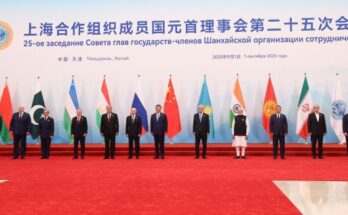
The landslide victory of Sri Lanka Podujana Peramuna (SLPP) led by Mahinda Rajapksa in Sri Lanka has opened the debate on Majoritarian.
Majoritarianism is defined as a political philosophy where the majority community is pre-eminent and enjoys primacy, meaning more rights than other communities.
The political observers in Sri Lanka say the poll results means nothing but the fact that Sri Lankan people wanted a strong Sinhala Buddhist leader. Mahinda Rajapksa and Gotabaya Rajapksa are the most powerful.
Another commentator puts it, Sri Lanka has been gradually turning into a majoritarian country and it can be seen in the two elections — November’s Presidential victory and this Parliamentary results.
The practice is not a new buzz in Asia. For, most of the countries in the subcontinent are majoritarian.
The Pakistan constituent assembly under Liaquat Ali Khan passed the Objectives Resolution soon after the death of MA Jinnah.
The Muslims wanted to include Islamic language that they saw as non-specific and benign as “sovereignty belongs to Allah alone”.
The Hindus objected. They said the provision can be misused to discriminate against the non-Muslims later. Gradually the Pakistan constitution guaranteed posts of president and prime minister legally only the right of Muslims.
Elsewhere in our neighbourhood, the state of Bhutan can only be ruled by a Buddhist king. Till a few years ago, Nepal was a Hindu Rashtra because it was ruled by a Kshatriya king advised by a purohit as prescribed by Manu Smriti. Bangladesh’s constitution opens with the line ‘Bismillah ir rehman ir rahim.”
Even USA and Canada are examples of majoritarian democracies.
In the last two general elections, was it a vote for Hindu consolidation in India? The debate continues!



